Having a furnace to warm your house during winter and refreshing air to blow your grizzling summer is undeniably essential. But would it still be a convenience if it also produces weird noises? Indeed, it is somewhat bothering, so we did some research, and here's what we have found out!
When your carrier furnace makes a noise, two metals might grind together. Below are the causes of unwanted noises when in use, which have to be fixed right away:
- Blower wheel has loose screws, and it's dirty
- Blower motor lacks lubrication
- Draft inducer motor bearing is worn out
- Draft inducer blower wheel
Learning why your furnace has been acting up of late is a starting point to fixing it. This article will discover the solutions to each problem mentioned above. Also, you will understand how to maintain your furnace for better and longer usage, so hang on and keep reading!
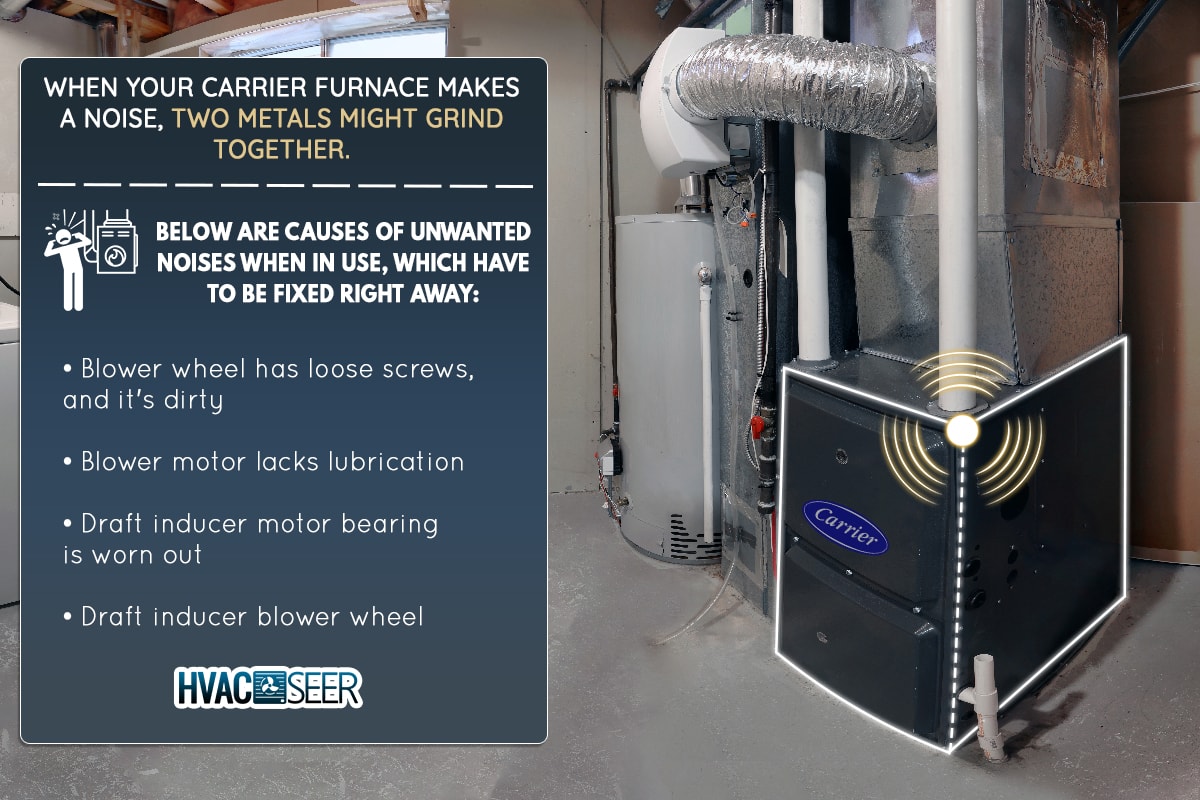
Solutions For Carrier Furnace Noise
A furnace typically makes a low noise or, as they say, hums. But the noise becomes louder due to over usage or age. To amend this issue, here are the solutions you might consider in fixing the furnace.
Tighten The Screw And Clean The Blower Wheel
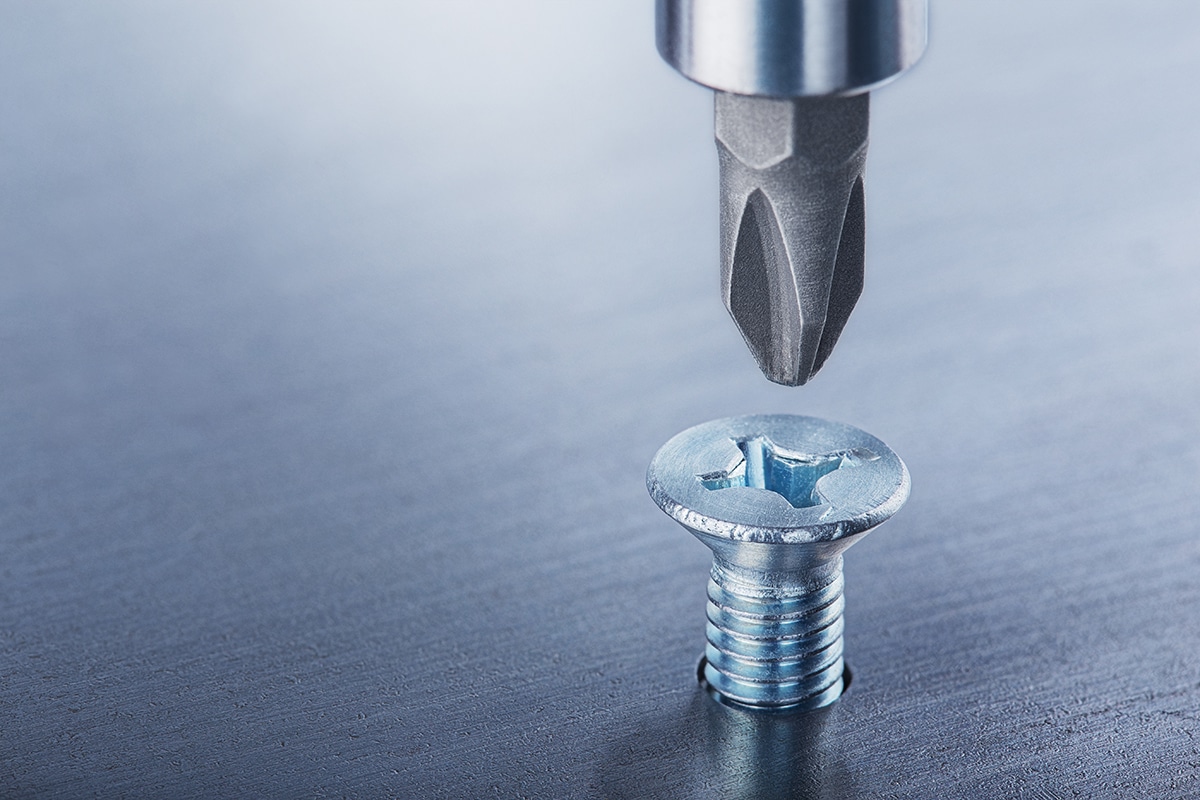
The blower wheel is connected to the blower motor shaft, and there should be a set screw with it. The problem starts if the screw loosens, making the blower wheel in the motor shaft unstable. When that happens, the furnace will start sounding like it is grinding.
To avoid that, keep the set screw tight, then check if the wheel is damaged. If so, replace the wheel before it worsens.
Another thing that makes the blower wheel malfunction is when it's clogged with dirt. When the blower wheel is overly clogged with dirt, it demands more power from the motor. If this situation persists, the motor will eventually get damaged.
To clean the wheel, here are the simple steps that are advisable by a professional HVAC expert.
- Switch off the power of the motor to prevent electrical injuries when cleaning.
- Observe the furnace for any visible damages like wires. Don't forget to confirm if it is an old or new model, drive-driven or belt-driven, because the replacements needed might differ.
- Remove the unit door but do not detach any wires from the blower.
- To remove the blower, unscrew the board and blower, and it will finally dismount.
- Using a small brush, clean the fan blades, motor housing, and squirrel cage. Then vacuum the blower cabinet.
Lubricate The Blower Motor
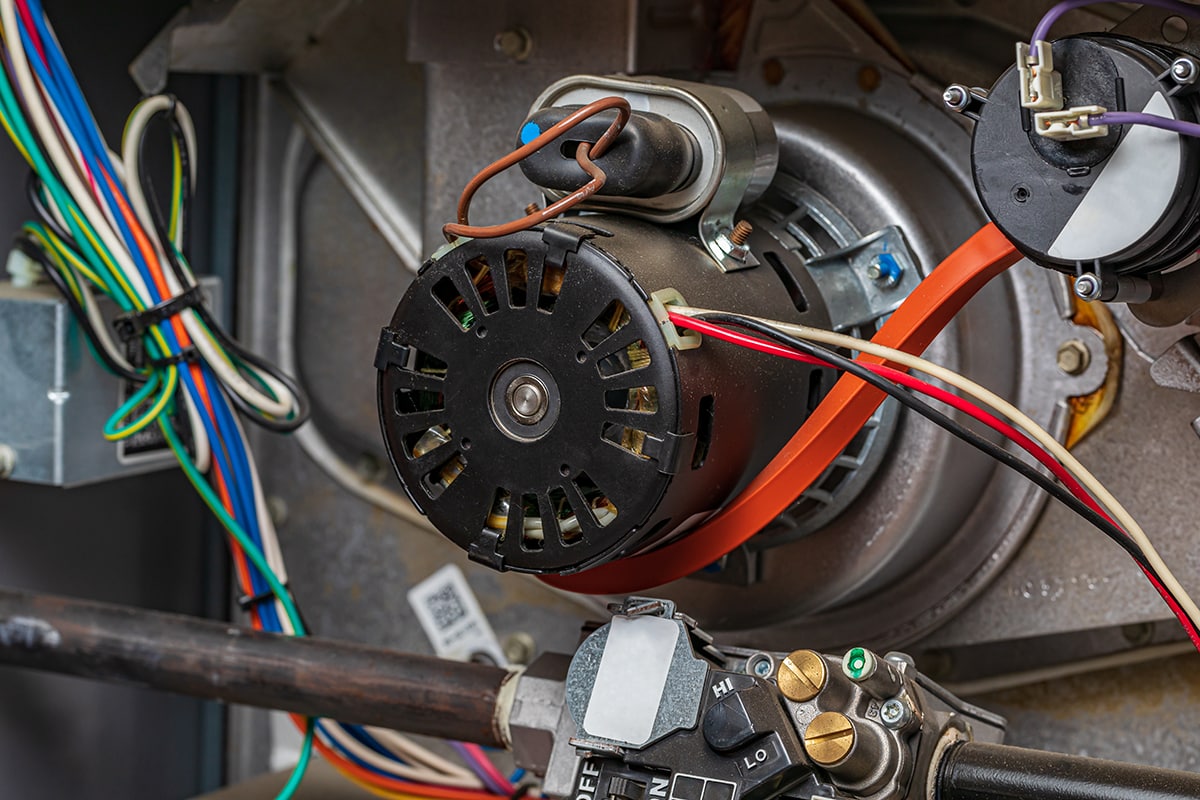
Check out this blower wheel on Amazon.
There are two common types of drive systems. The first type is the motor directly connected to the fan blower, and the other is an older-style belt drive.
Most direct-drive motors have sealed bearings, meaning they do not need lubrication. In comparison, the belt drive fan requires lubrication every year.
To do so, follow the steps accordingly:
- Lift it from behind the gravity panel and unscrew it if you find it with an access panel. To unscrew it, rotate it counterclockwise.
- Check the oil ports of the motor; it should have a colored plastic cap. Most of the time, it is in red, attached vertically, and positioned on both sides.
- Remove the caps and drip some bearing oil per oil port. Do not overfill to avoid leakage. Afterward, return the caps and screw the access panel again.
If you cannot lubricate the blower motor, then change it.
Check out this bearing oil on Amazon.
Draft Inducer Motor Replacement
The draft inducer helps the furnace to maintain oxygen flow to the burners. It functions by blowing the combustion gas out of the furnace.
As it ages, the bearings wear out, resulting in some loud noise. If that happens, then the draft inducer already needs a replacement.
Below is a breakdown of instructions for draft inducer motor replacement.
- Turn off the gas and turn off the power to the furnace.
- Lift the panel out of the furnace and set it aside.
- In the upper-left part of the furnace chamber, you can locate the inducer and unplug the Molex connector.
- Using a screwdriver, remove the screws that hold the shield plate to the draft inducer. Then remove next the three mounting bolts with a 1/4-inch socket.
- With a flathead screwdriver, remove the round clip from the cooling fan. After doing so, next, remove the fan itself from the driveshaft.
- Use a hex to lose the set screw that holds the blower fan and driveshaft. Then remove the blower fan from the driveshaft.
- Flip the assembly and remove the three bolts from the motor bracket. Remove the motor bracket as well.
- Using a 1/4-inch socket, remove the two bolts from the motor that is connected to the motor plate. Then pull out the motor bracket.
- To install the blower fan to the new motor, secure the alignment of the set screw on the flat edge of the driveshaft.
How To Maintain Carrier Furnace
Here are some things you should do to maintain your furnace.
Keep On Cleaning And Replacing The Filter Regularly
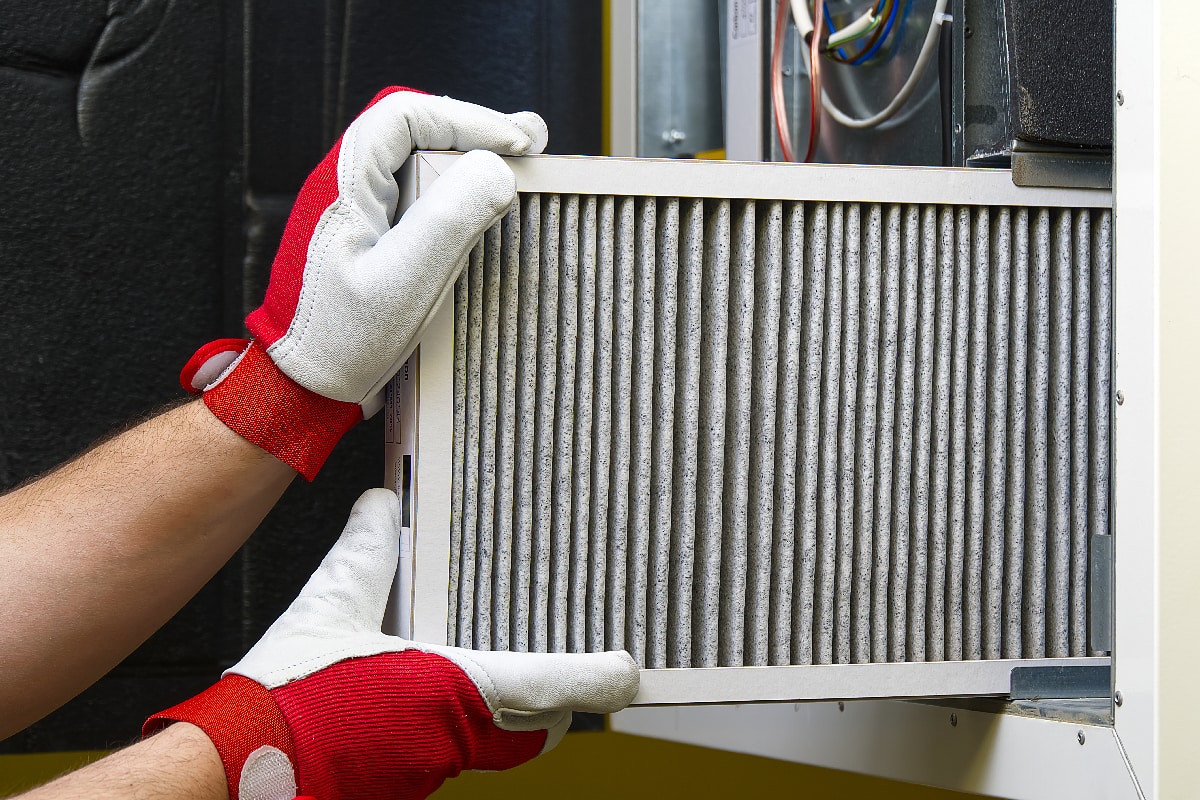
The filter is usually located where the return duct enters the furnace. Its function is to remove the particles from the air before entering the furnace.
A clean filter can last up to three months or more, depending on the quality. Additionally, it filters dust, pollen, bacteria, and more microparticles in the air.
Check The Blower Motor
Ensure the blower is running well by not hearing any noise from it.
The blower motor is responsible for a properly working furnace. The warm air distributes due to the pushing blower motor to the heat exchanger. Also, the blower motor helps the air conditioner.
You must maintain the blower motor because it is connected to the vital parts of the furnace.
Clean Vents And Ductwork Regularly
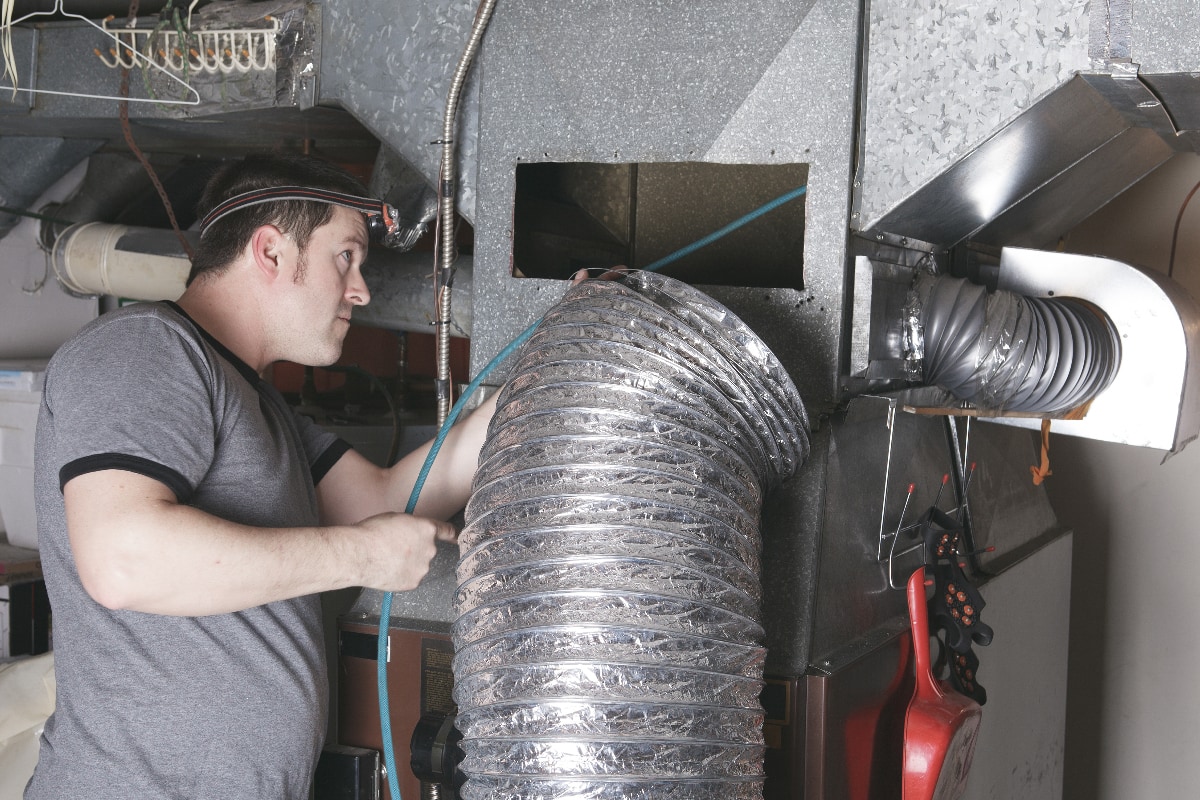
Specks of dirt can enter the vents and build up in the ductwork resulting in poor furnace heating and cooling performance.
With that, always clean the area and free it from dirt or debris. You can also call maintenance to have it done professionally.
Place Furnace Away From Flammable Objects
Move the furnace away or place it in remote storage far from the flammables like gasoline, paint, fabrics, and even paper boxes. It is to avoid fire incidents since it generates heat.
Blockage of the exhaust flue restricts air distribution. Exhaust blockage can result in health problems because the furnace produces carbon monoxide, nitrogen dioxide, and sulfur dioxide.
Some severe effects are:
- Headaches
- Dizziness
- Heart palpitations
- Nausea
- Fatigue
- Collapse
Other Furnace Noises

Other noises will also indicate a malfunctioning furnace aside from the grinding noise. To familiarize yourself, below are the examples:
- Humming Noise
- Banging Noise
- Shrieking Noise
- Popping Noise
- Scraping Noise
- Rattling Noise
When To Replace The Furnace
Due to its age and frequent usage, the furnace can already wear out and get tired at its finest. Especially when it is about 15 years working, try to check new models as replacements. Regarding energy saving, you might want to start reading about the Annual Fuel Utilization Efficiency [AFUE] rating.
To know when it should be replaced entirely, here are a few signs:
- Expensive repair bills
- Unstable temperatures
- The thermostat's temperature setting is changing itself.
- The furnace is blowing cold air
- Noise is continuously increasing over time
- Energy bills uncontrollably increasing
How Much Does It Cost To Replace A Furnace Blower Motor?
The usual furnace blower motor replacement can range from $400 to $600. Single-speed blower motors can cost about $450. Meanwhile, the variable-speed motor is around $600 or even higher.
How Long Do Furnaces Usually Last?
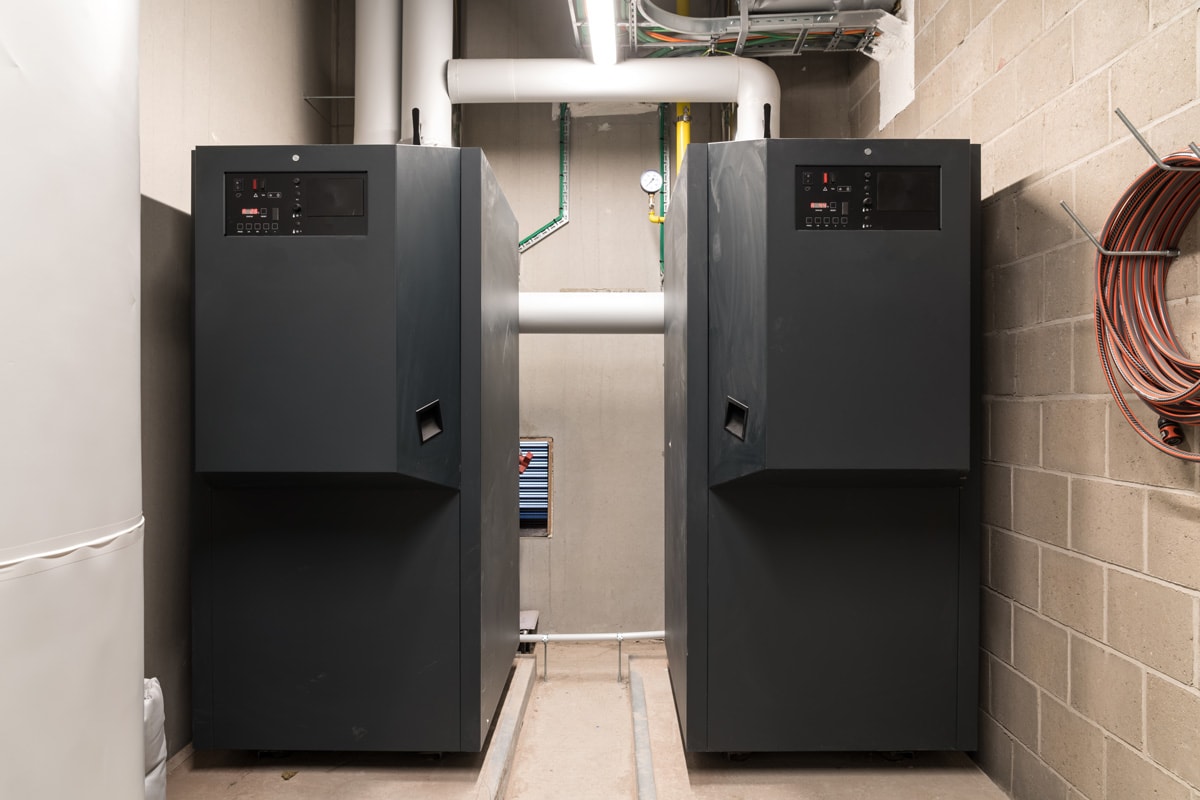
Your Carrier furnace can last up to 15 to 20 years. It is possible if you do yearly motor replacements and frequent cleaning.
Conclusion
The furnace noise is undeniably uncomfortable and alarming since it should be giving you comfort in the first place. But now that you know the problem behind it and the solutions are provided, you can enjoy your furnace after fixing them.
Hopefully, this was helpful to you for a better heating and cooling experience at home!
If you like this topic, you can keep learning by checking out other related topics below!


